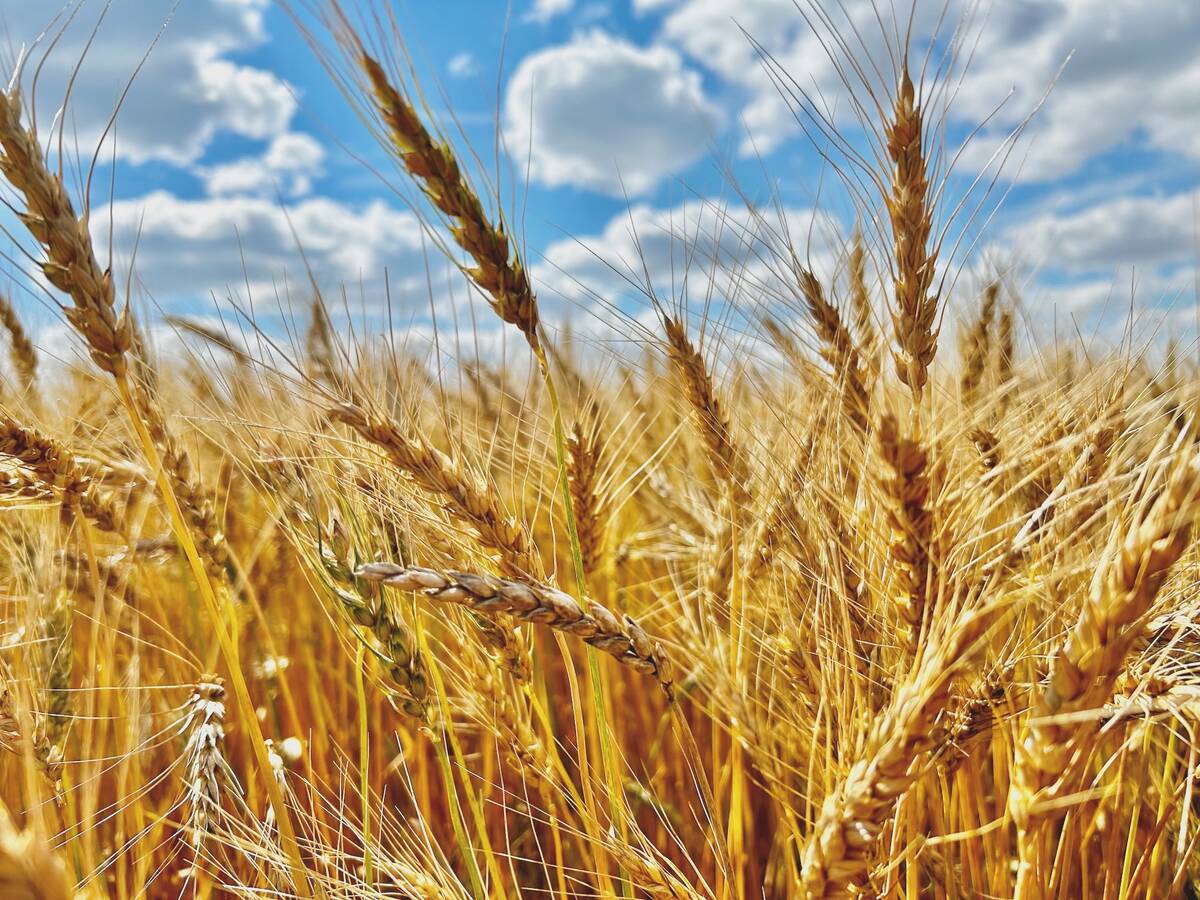Canola that still hasn’t dried down after three, four or even five weeks in the swath is probably best left until after a couple of days of relatively warm weather, the Canola Council of Canada suggests.
“It is still September and the risk of having to leave the crop to overwinter in the swath is still reasonably low,” the Winnipeg-based canola industry organization said in a release Friday.
“In most cases, canola quality will not deteriorate and with a couple (of) warm days, drydown should advance quickly.”
Read Also

Prairie Wheat Weekly: Modest increases for cash prices
Spring wheat and durum cash prices were moderately higher across the Canadian Prairies for the week ended Dec. 19. This was despite losses in Chicago and Kansas City wheat and Agriculture and Agri-Food Canada projecting larger all wheat ending stocks for 2025/26. Minneapolis wheat bumped up on the week, lending some support to Canadian cash prices.
When planning which crops to harvest first, the council said, growers would normally want to get to their cereal crops first, since they’re more susceptible to sprouting and grade loss, and leave the canola for later.
But in some areas, wheat and barley have already lost a few grades from sprouting and weathering, the council said, suggesting that if good-quality canola is starting to show signs of weathering in the field, “it may be wise to combine the canola first if it’s ready.”
Furthermore, the council noted, canola seeds are sprouting in the pods in some locales. Other than making sure the combine is ready to roll as soon as the crop is ready, there isn’t much canola growers can do to prevent such a problem, the council said.
In some fields, the council added, alternaria and moulds have been turning swaths black. These fungi should have little effect on the quality of seed that has been in the swath for weeks, but they may present combining challenges. Pods could be more predisposed to shattering during harvesting.
In those cases, growers will want to set the combine pickup at the appropriate height and match the pickup speed to ground speed to minimize losses, the council said.
The council also urged canola growers to make sure the harvested crop is binned safely.
“Aeration alone, especially with cool and damp outside air, won’t remove much or any moisture,” the council warned.
“Consider having a dryer ready, but keep in mind that safe drying temperatures for canola can be much lower than for other crops.”















